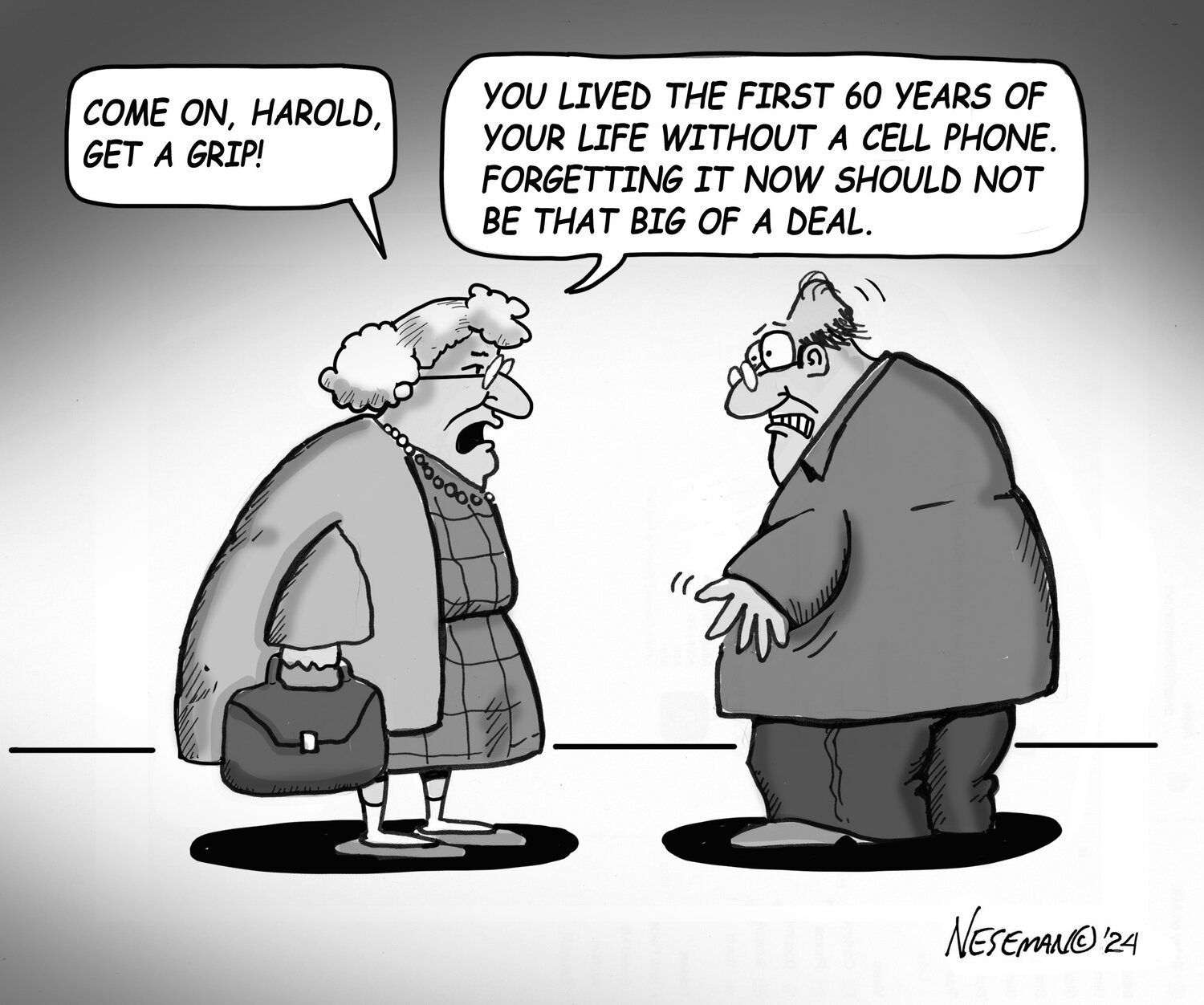Let's be sure not relive some of our history
As we close out yet another Black History Month, let’s take a moment to celebrate the many contributions African-Americans have made to the country. They’ve done this despite discrimination and oppression — something even the Bronx, in the past, was not immune to.
For example, when we think of slavery, we think of the Deep South before the Civil War. In fact, slavery existed in New York until 1827, and the state had more enslaved people than all the New England states combined.
It’s hard to pinpoint how many enslaved Black Americans were in New York leading up to the abolition of slavery here, but the Dutch brought slavery with them when they settled what was then New Amsterdam in the 17th century. The Van Cortlandt family — whose land is now one of the city’s largest parks — were significant owners of enslaved people, exploiting them through their agriculture and milling operations.
They were also used for domestic tasks inside the house, with many of them still buried on the land they were forced to work on.
Throughout the 1700s, New York lawmakers created the Black Codes, which historian and author Richard Moss — in his book, “Slavery on Long Island” — claimed were “the harshest criminal laws and penalties enacted by northern colonists.”
Punishments for striking a white person included two weeks’ imprisonment and corporal punishment.
Enslaved people were forbidden from gathering in groups of more than three, and prevented from owning property. Children born to enslaved mothers were automatically enslaved at birth. And testimony by enslaved people was inadmissible in court.
One common practice at the time in New York was shipping unruly African-Americans to the Caribbean slave colonies. Conditions on islands such as Barbados and Jamaica were particularly brutal, with less than a third of slaves surviving on some plantations.
Even after slavery ended in New York, discrimination did not. When Levittown — long touted as the model of the modern American suburb on Long Island — was created in 1947, non-whites were expressly forbidden from owning any of the 17,400 new homes, with the deeds themselves preventing ownership “by any person other than members of the Caucasian race,” according to a 2011 research paper by Baruch College sociology professor Robert Courtney Smith.
Robert Moses — the urban planner and public official known for creating the state parkway system — designed many of those roads, like the Henry Hudson Parkway, so they were impassable by buses. Those were frequently the only mode of transportation non-white and low-income families could take.
While some latter-day historians question the validity of this claim, Moses was also known to have fought against integrating public swimming pools in the 1920s.
African-Americans have continuously defied the odds and obstacles set against them — whether it be Jackie Robinson playing Major League Baseball, or mathematicians Creola Katherine Johnson, Dorothy Vaughan and Mary Jackson helping NASA put men on the moon. Recognizing those contributions — and learning from our mistakes of the past — can open the door for even greater accomplishments in the future, as we look to remove more barriers.
The late poet and civil rights activist Maya Angelou once said that “history, despite its wrenching pain, cannot be unlived. But if faced with courage, need not be lived again.”






